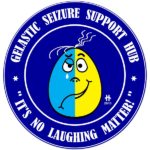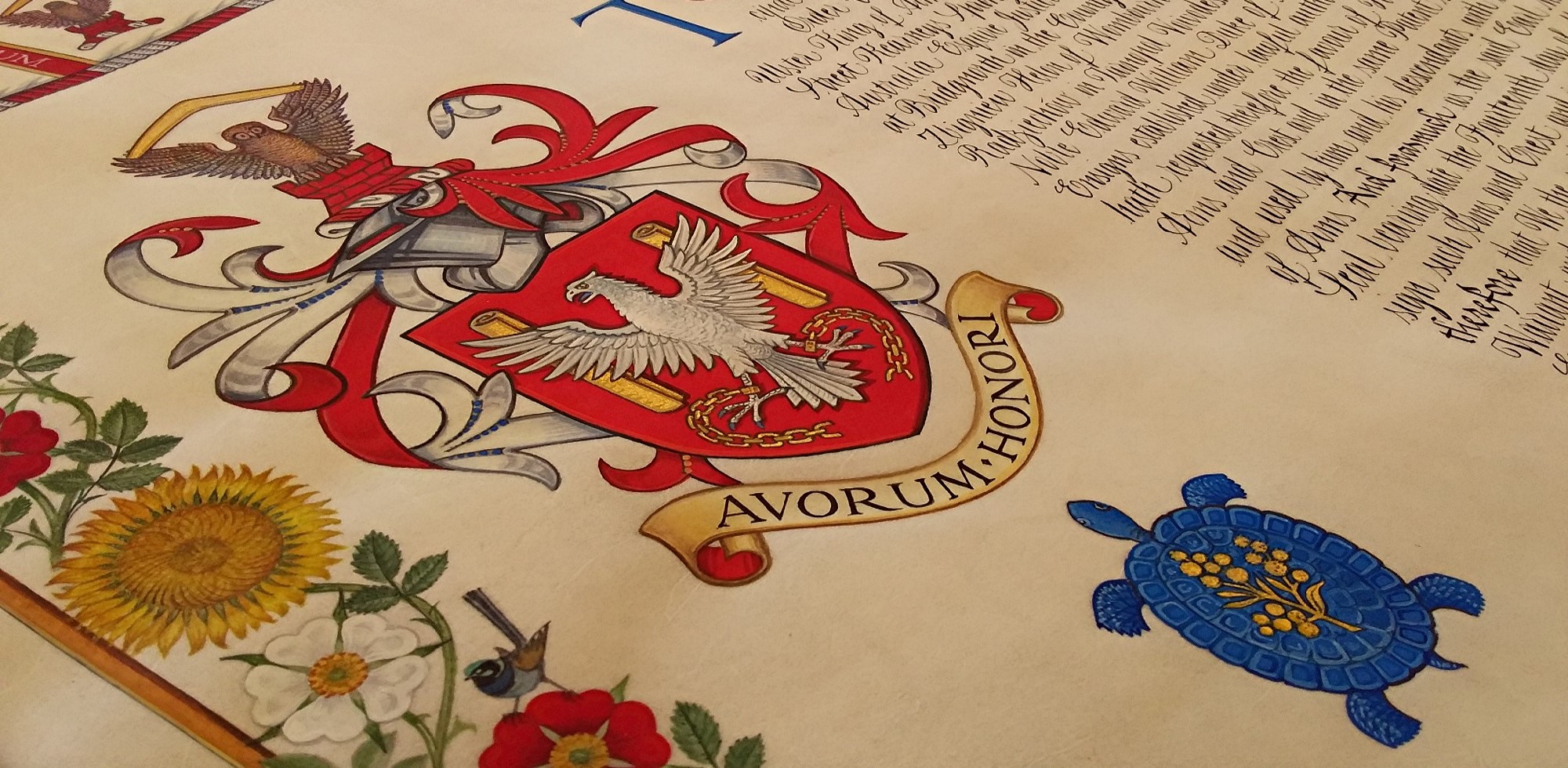GELASTIC (jell-lass-tic) – of or pertaining to laughter; from the Greek gelastikos, ‘able to laugh’.

A rare syndromal related type of neurophysical event, a gelastic seizure (GS) could best be described as a paroxysm; i.e., a sudden and involuntary outburst of emotion, action or activity.
Typically associated with the presence of a Hypothalamic Hamartoma (HH) – a benign, non-cancerous, non-malignant and usually not life-threatening tumour – gelastic seizures are often mistaken for unprovoked stereotypical laughter, or crying.
Gelastic seizures are one of the central diagnostic features of Pallister-Hall Syndrome (PHS) – an extremely rare pleiotropic genetic disorder and multiple-anomaly congenital syndrome.
Experienced by day, or nocturnally (at night), gelastic seizures are generally preceded by an aura (sensation) of deep (often euphoric) feelings of déjà vu (a feeling of familiarity).
Patients can be heard to make involuntary and out of context expressive vocalisations strikingly similar to laughing, coughing, barking, grunting, crying (dacrystic, i.e., stereotypical crying), or even cooing; there can even be sudden and involuntary outbursts of emotion, action or activity; quite often these are followed by signs of ‘partial’ (‘focal’) seizures.
When observed, patients may look like they are smirking, giggling, laughing, crying, mumbling, disorientated, or in a state of altered awareness.
Read the full article HERE.
Revisions:
Article originally published 12 January 2021. Revised: 30 November 2023; 16 January 2023; 4 January 2022.

